AO Edited
First-Class Relic of Padre Pio
A bloodstain from "the wound of the transverberation of the heart."
After a life fraught with poor health, controversy, supernatural visions, and stigmata, Padre Pio is today one of the most popular and venerated saints in the world. Born in 1887 as Francesco Forgione, Padre Pio knew as early as the age of five that he was meant for priesthood. He suffered from numerous illnesses, which left him bedridden, plagued with migraines, fainting, and nausea. It was during these times that strange phenomena occurred. Fellow brothers have claimed to hear screams and roars coming from his room at night, as well as seeing Padre Pio levitating while in ecstasy.
In 1918, Padre Pio prayed and offered himself as a victim for the end of World War I. In the following days, he claims Jesus appeared to him in a vision and pierced his side, resulting in a visible, physical wound. This “transverberation,” or piercing of the heart, was believed to have symbolized the union of love with God. A square piece of linen cloth containing the bloodstain from this occurrence is considered a first-class relic, and is framed and on view at the St. John Cantius Church in Chicago.
The mysteries surrounding Padre Pio continued when, at the age of 31, after a bout of ecstasy, he received the visible stigmata, or five wounds of Christ. These wounds, which consisted of piercings in his hands and feet, would last the rest of his life and inexplicably bleed. Greatly embarrassed by these markings, Padre Pio would be seen wearing bandages and gloves on his hands to hide them. News of the stigmata spread throughout the world, and these “miracles” gave many hope in the wake of the war’s aftermath. Critics claimed that the priest was a fraud who used ascorbic acid to make his wounds continually bleed, though the Church has vehemently denied the allegations.
Among his believed powers were the ability to read hearts, predict the future, heal the sick, be seen at two places at once, and communicate with guardian angels. He is also known for his now-famous phrase, “Pray, hope, and don’t worry.”

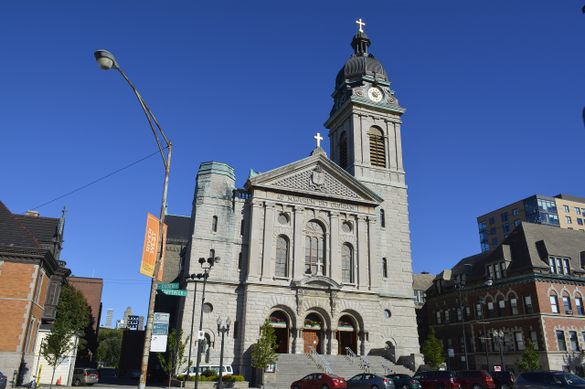


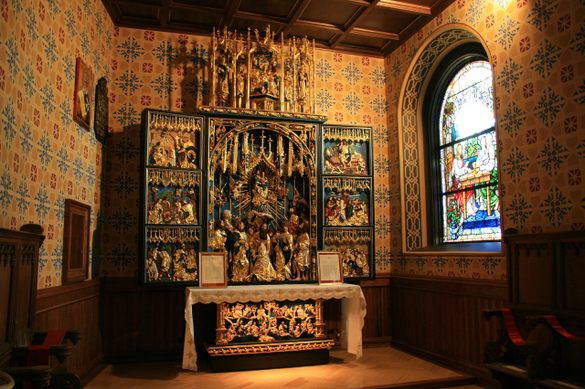







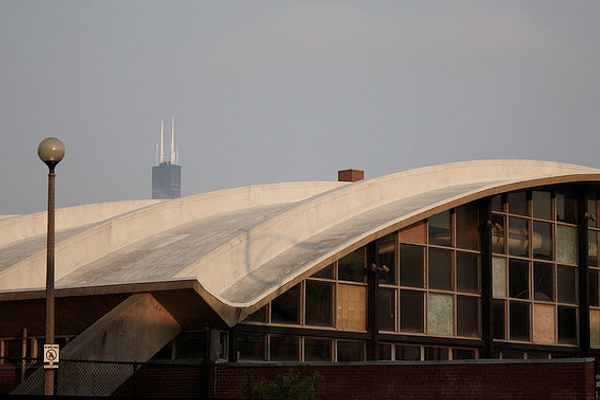


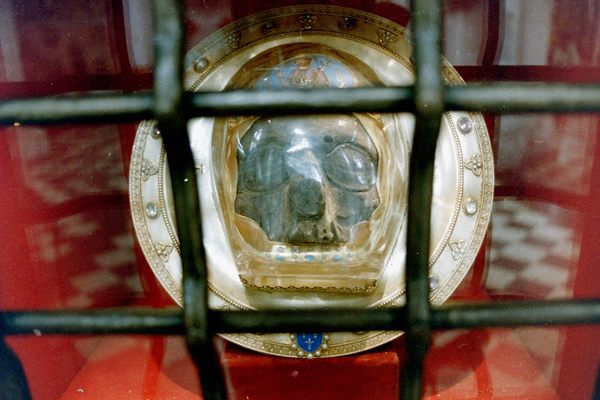
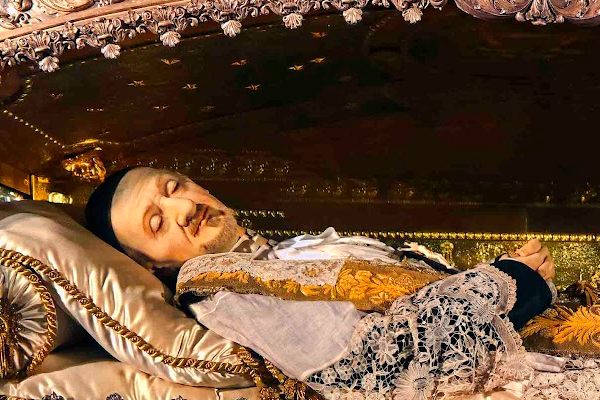



Follow us on Twitter to get the latest on the world's hidden wonders.
Like us on Facebook to get the latest on the world's hidden wonders.
Follow us on Twitter Like us on Facebook